Fed Implements Rate Hike to Curb Rising Inflation
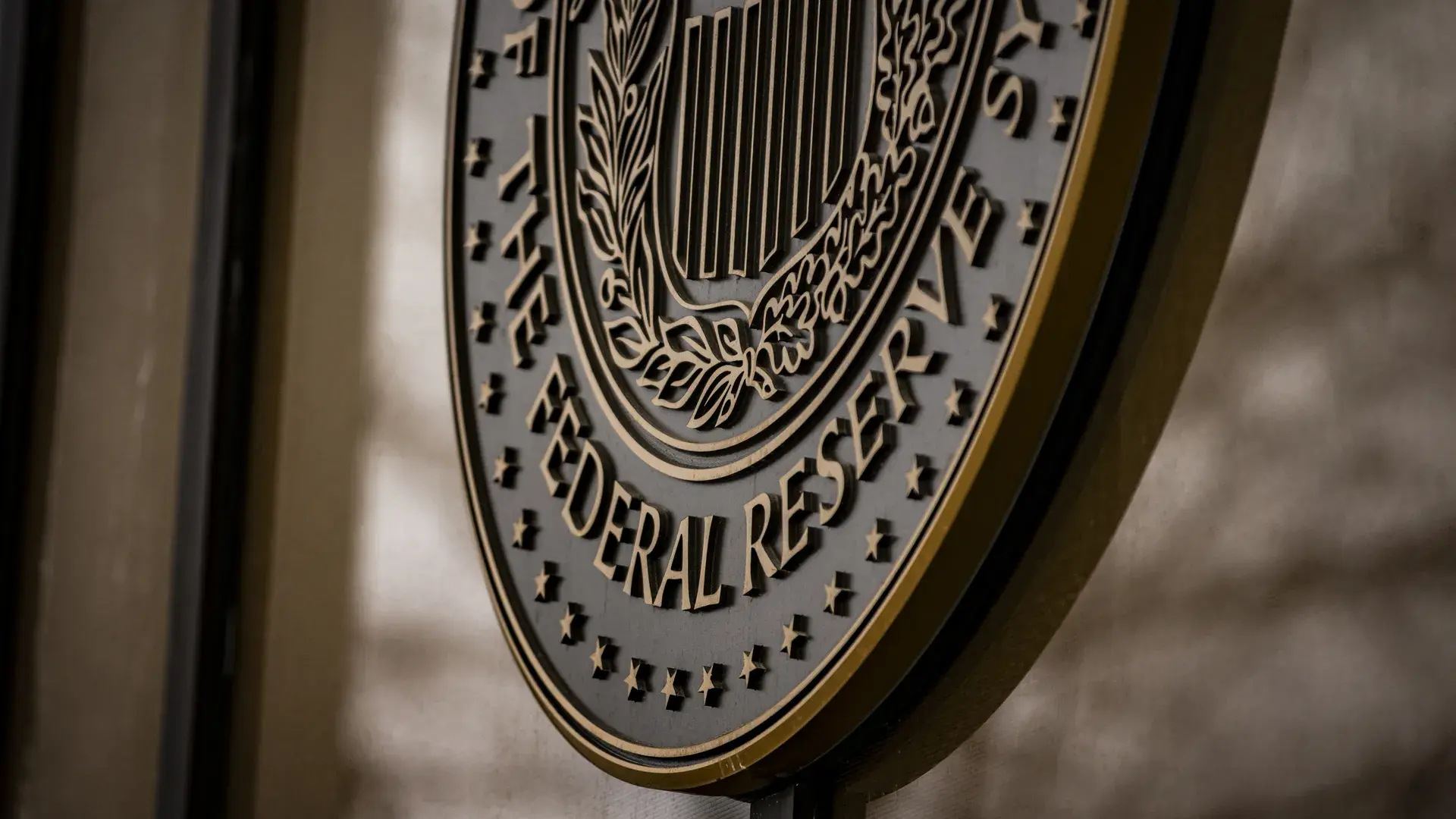
February 27, 2025
In response to rising inflation and economic uncertainties, the Federal Reserve has announced another interest rate hike, marking its fourth increase this year. The move is aimed at slowing inflation, which has remained stubbornly high despite previous monetary tightening efforts.
The latest adjustment raises the benchmark federal funds rate by 0.percentage points, bringing it to its highest level in over a decade. This decision reflects the Fed’s commitment to price stability while balancing risks to economic growth and employment.
Understanding the Federal Reserve’s Decision Why Is the Fed Raising Interest Rates?Inflation has been a persistent issue, with consumer prices rising at a rate well above the Fed’s 2% target. Key reasons for the latest rate hike include:
Federal Reserve Chair Jerome Powell emphasized that while the economy remains resilient, inflation remains a key concern. He stated, "We are fully committed to reducing inflation to our target level. While these rate hikes may slow economic activity, they are necessary to maintain long-term stability."
Impact of Higher Interest Rates 1. Consumer Borrowing and SpendingEconomic experts warn that if rate hikes continue aggressively, they could trigger an economic slowdown or even a mild recession.
Market & Political Reactions Stock Market’s ResponseFollowing the Fed’s announcement, major U.S. stock indexes showed mixed reactions:
The Fed’s rate hikes have strengthened the U.S. dollar, making it more expensive for other countries to import American goods. This could widen the U.S. trade deficit while making U.S. exports less competitive globally.
2. Emerging Market RisksHigher U.S. interest rates can cause capital outflows from emerging economies, leading to currency depreciation and financial instability in countries heavily reliant on foreign investments.
Future Outlook: More Rate Hikes to Come?The Federal Reserve has indicated that it may continue raising interest rates if inflation remains persistent. However, the central bank is also monitoring economic growth to avoid triggering a deep recession.
Key Factors to Watch:
How U.S. Banking Regulations Impact Investment Strategies and Decisions
U.S. banking regulations play a critical role in shaping investment decisions. This article explores how changes in banking rules influence market behavior, investor confidence, and capital flow
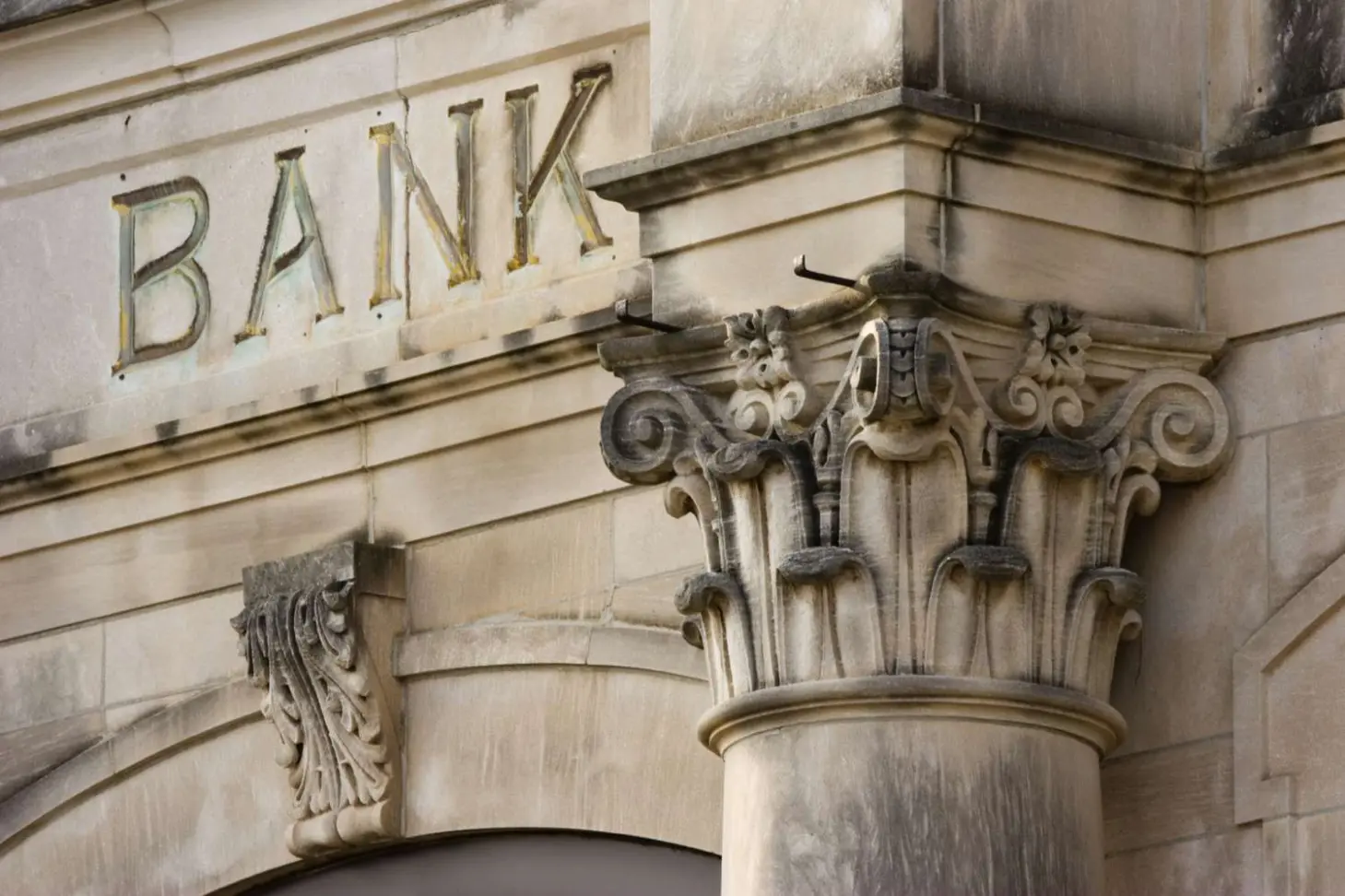
Exploring the Impact of U.S. Banking Policies on Investor Behavior and Market Trends
U.S. banking policies directly influence investment strategies by shaping economic conditions, capital availability, and risk management. This article explores how various banking regulations impact investment decisions and market trends

Analyzing the Influence of U.S. Banking Laws on Investor Behavior and Market Dynamics
U.S. banking laws are a crucial factor shaping investment trends. This article delves into how various banking regulations affect capital flow, investor confidence, and market stability, ultimately guiding investment decisions.

Opportunities in U.S. Investments as Banking Policies Evolve
The evolution of U.S. banking policies creates both challenges and opportunities for investors. This article examines how changes in banking regulations and policies can open new doors for investment across various sectors
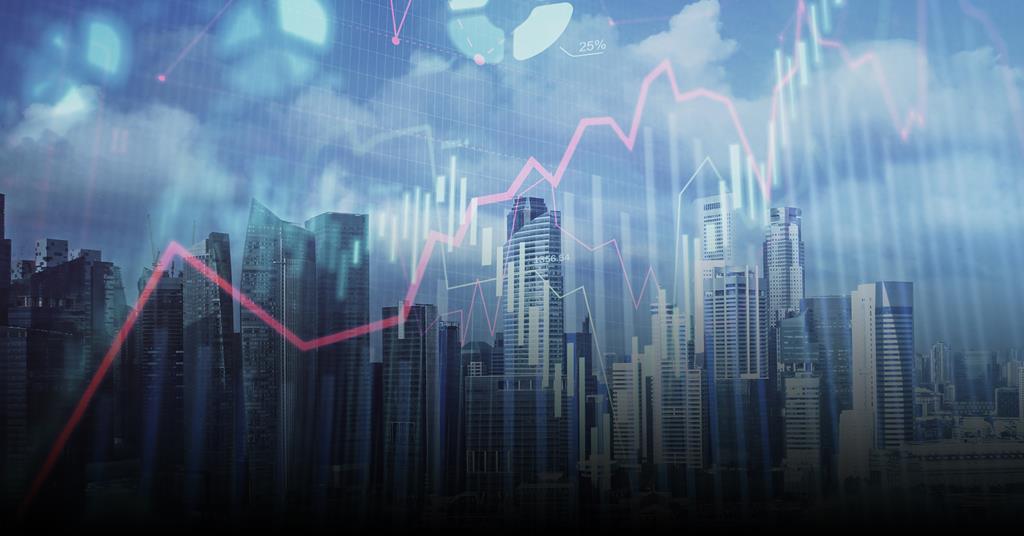
Understanding the Impact of U.S. Banking Reforms on Investment Strategies
The evolving landscape of U.S. banking reforms presents new challenges and opportunities for investors. This guide explores how these regulatory changes influence the financial markets and provides strategies for navigating them

The Impact of Banking Regulations on Investment Growth and Strategy
The evolving landscape of banking regulations plays a pivotal role in shaping investment growth. This article explores how regulatory changes affect financial markets, investor behavior, and growth strategies
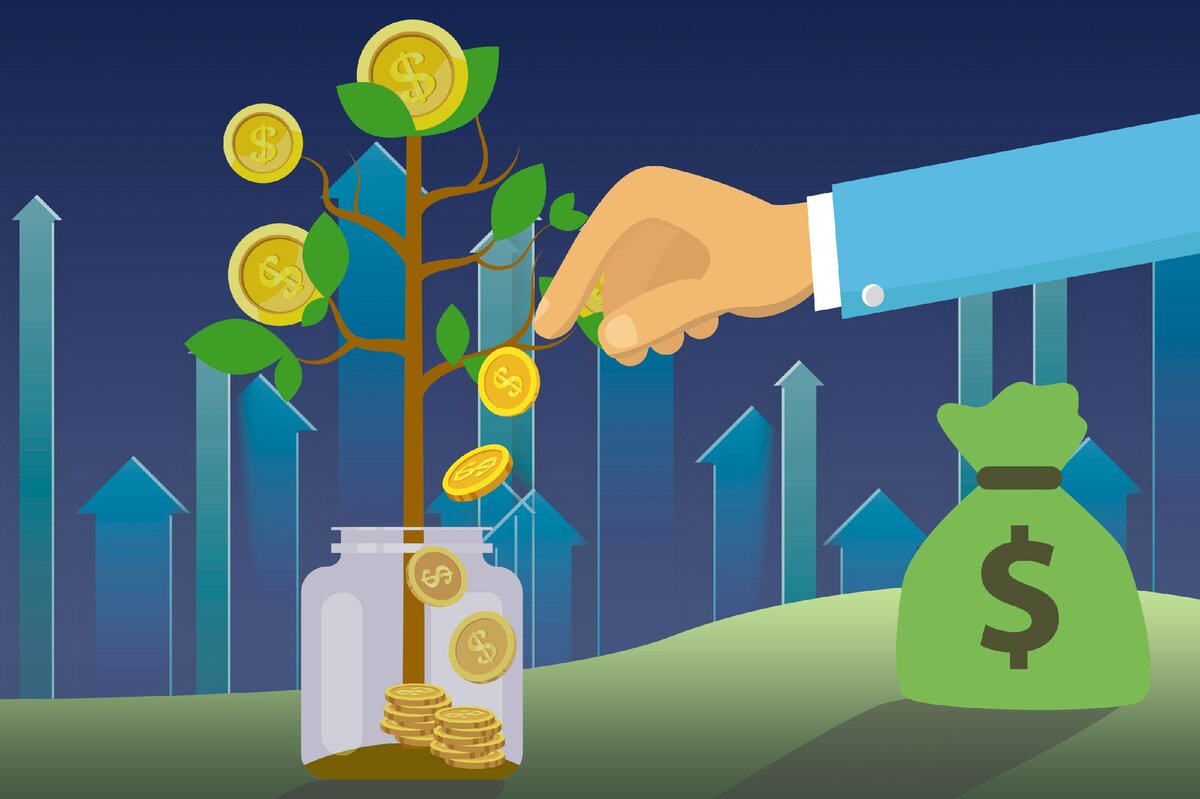
U.S. Banks' Response to New Investment Regulations
As new investment policies reshape the financial landscape, U.S. banks are adjusting their strategies to align with regulatory changes. This article explores how these adaptations are influencing investment practices and opportunities

How U.S. Banking Policies Have Evolved Over Time
Investment policies in U.S. banking have undergone significant changes over the decades. This article explores how regulations and economic shifts have shaped investment strategies and their impact on the banking sector
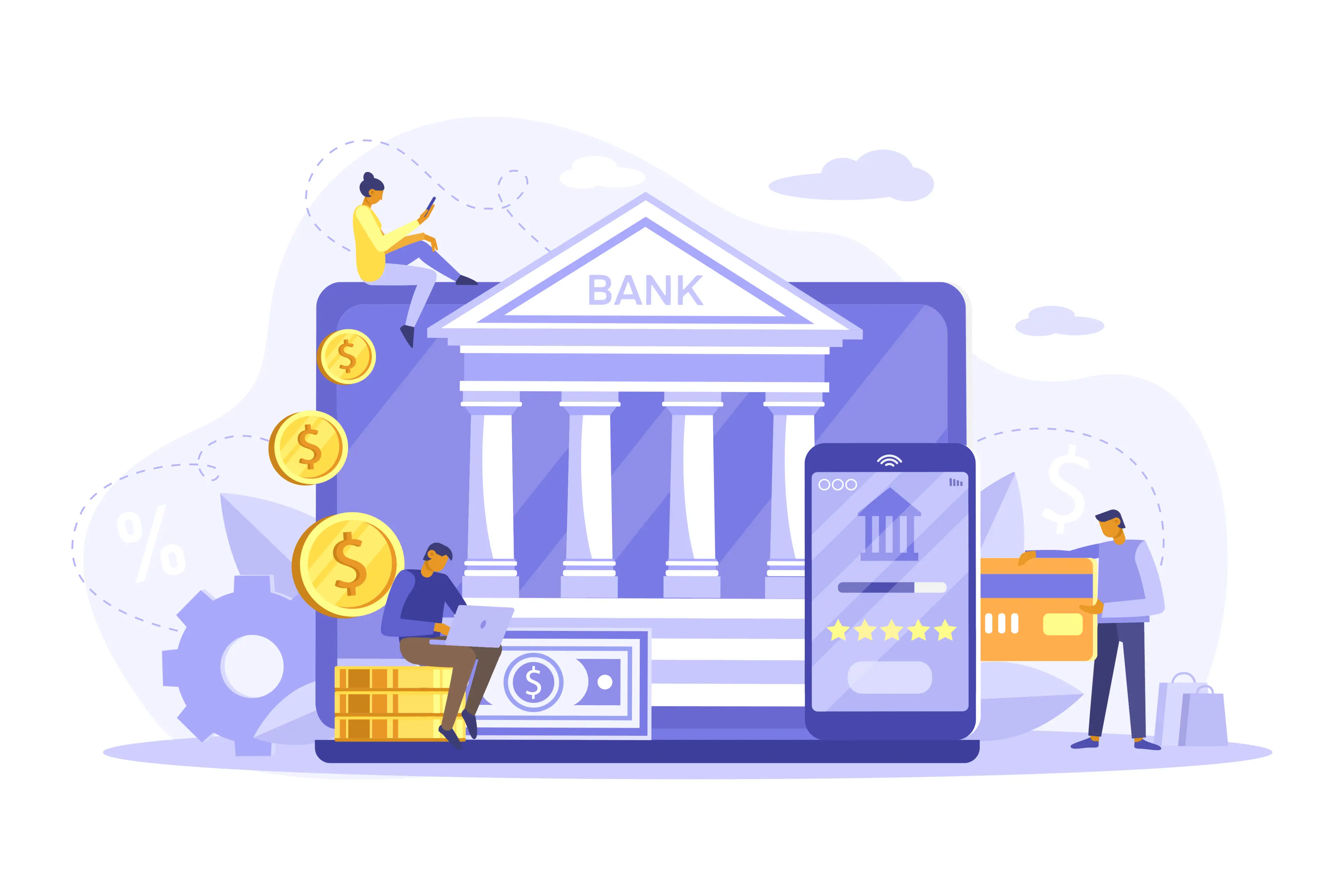
How U.S. Banking Policies Influence Investment Choices
U.S. banking policies significantly influence investment decisions, shaping the strategies of financial institutions, investors, and businesses. This article explores key policies and their impact on investment trends.
The Atlantic Daily
Get our guide to the day’s biggest news and ideas, delivered to your inbox every weekday and Sunday mornings. See more newsletters
.webp)
Ideas That Matter
Subscribe and support more than 160 years of independent journalism.
Subscribe